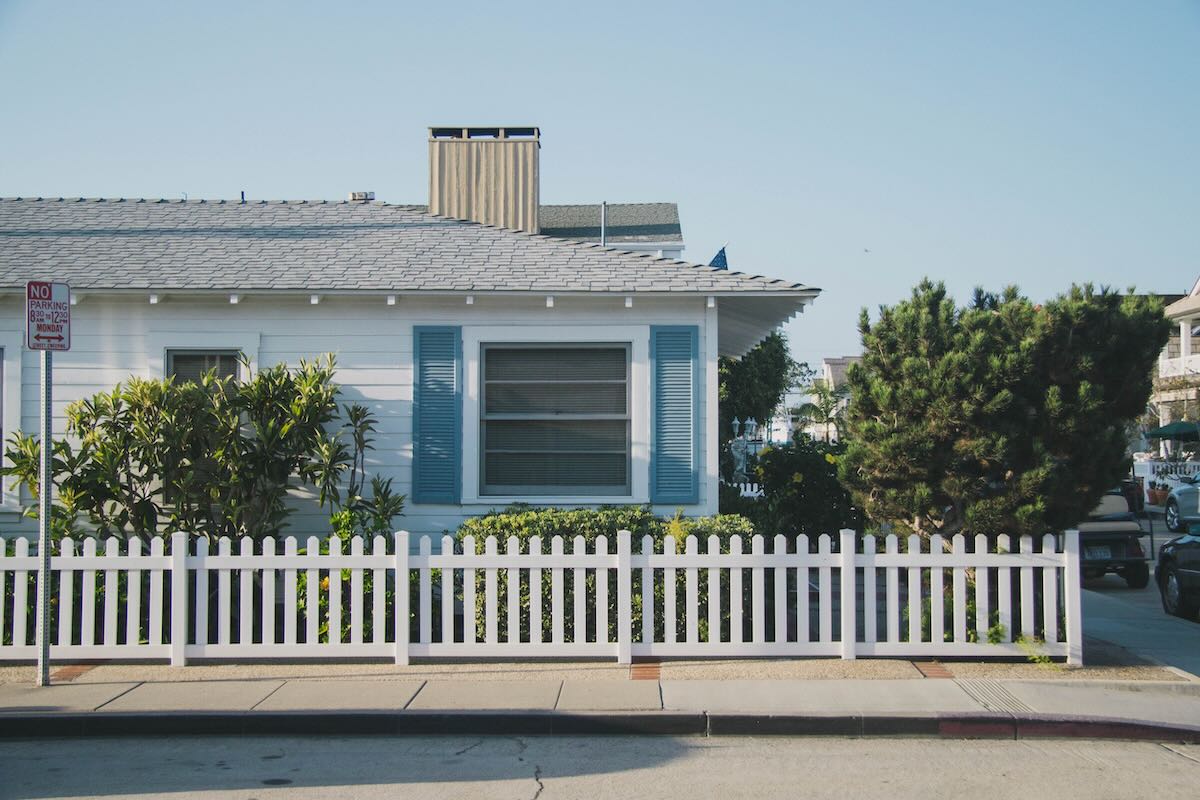Cities and Towns, 2
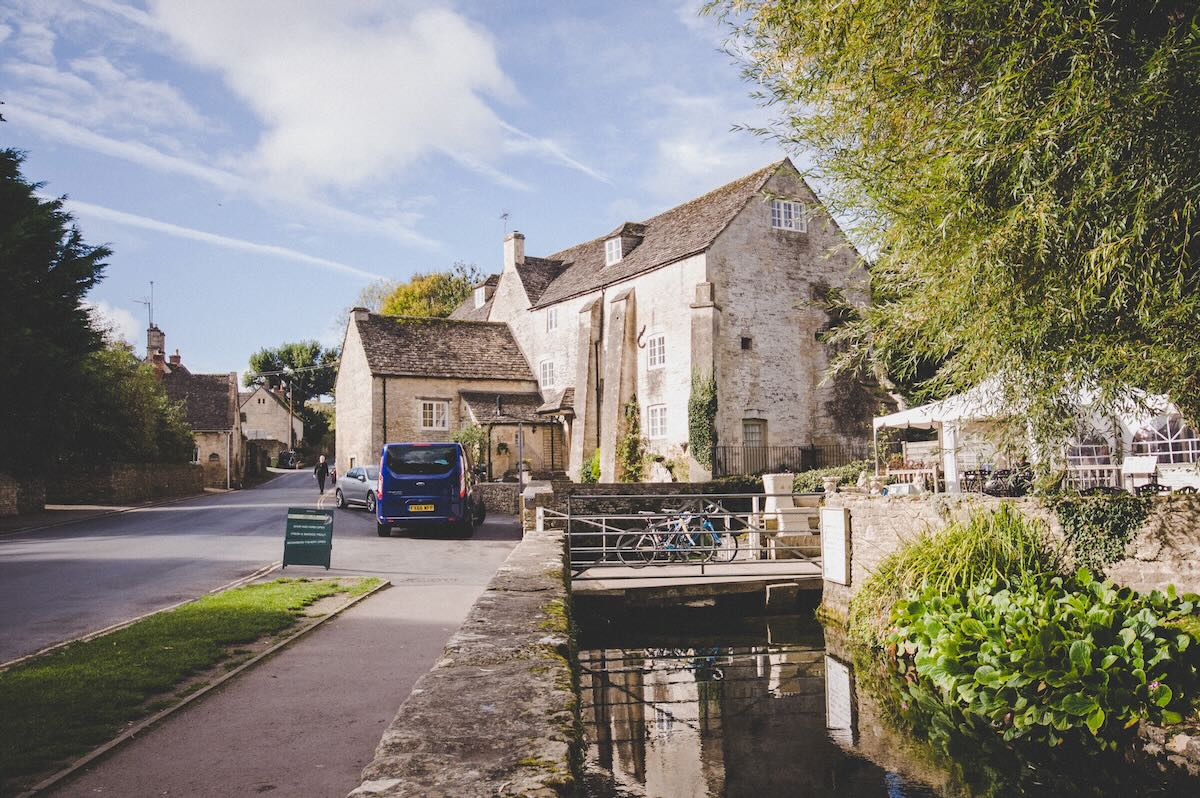
Community imperatives are to provide shelter, sustenance, places to work, areas to shop, and opportunities for personal growth and entertainment.
But first, some basics are required. Towns and villages grew in areas where the basics to support life were plentiful. Typically, that meant good agricultural land and good access to water. Other valuable considerations included safety and resilience. It was a bonus if the location gave access to trade routes.
Evolution of Montréal’s West Island
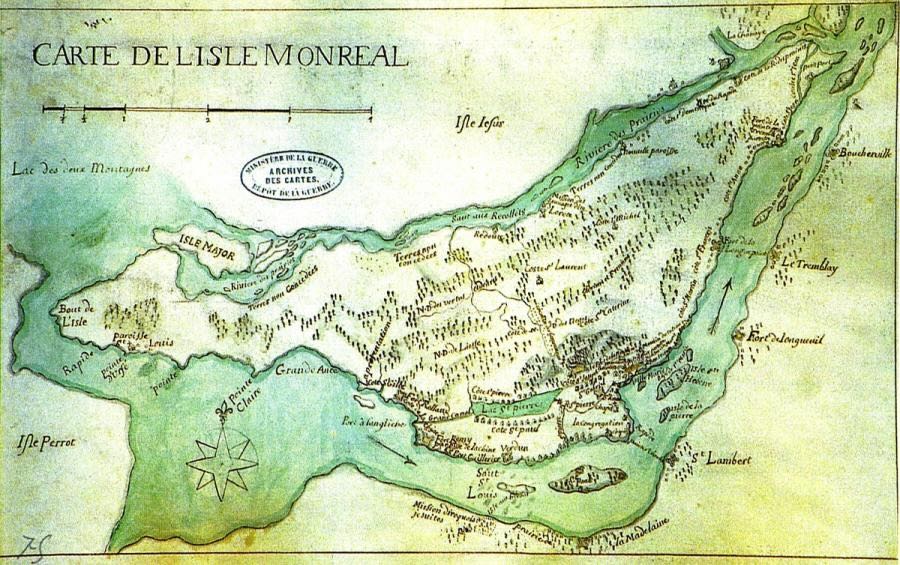
I live in Pointe-Claire, a Montréal, Québec suburb. The first French settlers discovered its rich farm lands at the end of the seventeenth century. Originally named Saint-François-de-Sales, the developing community sat on the banks of Lac-St-Louis, and so had excellent access to water. Similar communities had already developed along the lakeshore. The parish of Ste-Anne-de-Bellevue was established in 1663 and Lachine in 1667.
Over the years, more settlements grew and flourished along Lac-St-Louis. In 1825 Scots immigrants, John Redpath and John Richardson, opened the Lachine Canal giving these communities access to trade routes and new markets. Lachine and Pointe-Claire became industrial hotbeds. And in the 1960s, Pointe-Claire welcomed the development of one of Canada’s first super-regional malls, Fairview.
Only Ste-Anne-de-Bellevue remained relatively pastoral. This in large part due to the establishment of MacDonald College, now the agricultural campus of McGill University. Its 1600 acre campus is the largest green space and the largest private land holding on the island of Montréal. This campus serves as a reminder that the raison d’être of the West Island communities was agrarian. Now, homes for over 225,000 people are spread over what was probably the best farm land in Québec.
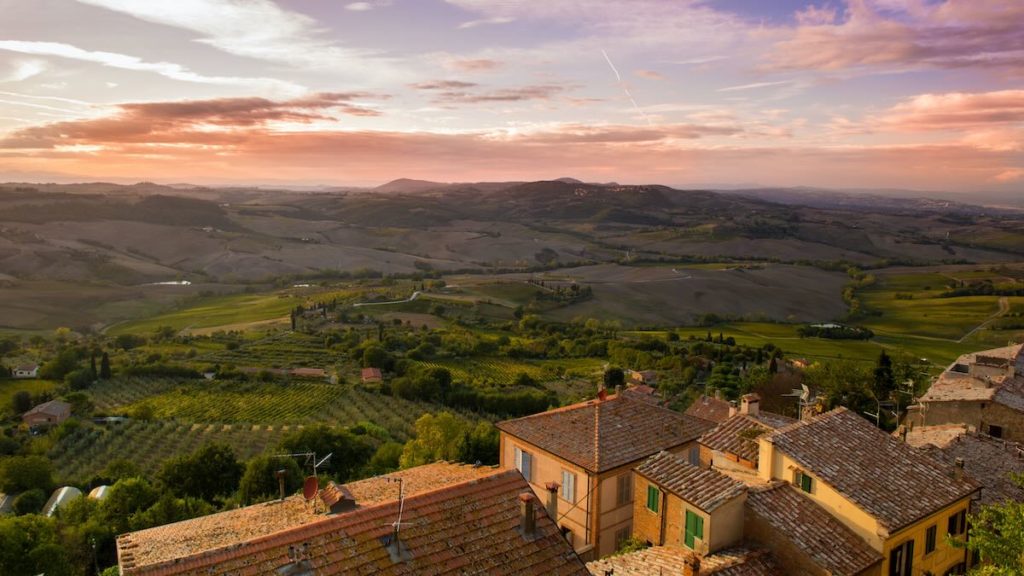
Hilltop Defences
The Italian hilltop towns of Montepulciano , Montalcino, Pienza, and Siena define the importance of community security. The hillsides of these Tuscan treasures were and remain capable of supporting more than just sustenance farming. Their wines and olive oils are treasured and exported around the world. Early residents could have established their communities in the valleys and plains but hilltops formed superior defensive positions.
Protected by the Marshes
Why would Venice be built in a lagoon? Well, access to water! Also, there was the island of Sant’Erasmo , the Venetian vegetable garden. And when the Lombard hordes pushed into Italy, refugees of Roman cities joined the subsistence farming and fishing communities in the salt water marshes. The canal structure and shallow waters frustrated any Lombard attempt to conquer the area. Situated on the Adriatic Sea, the Venetian republic (697 AD – 1797 AD) was wealthy and powerful throughout most of its history.
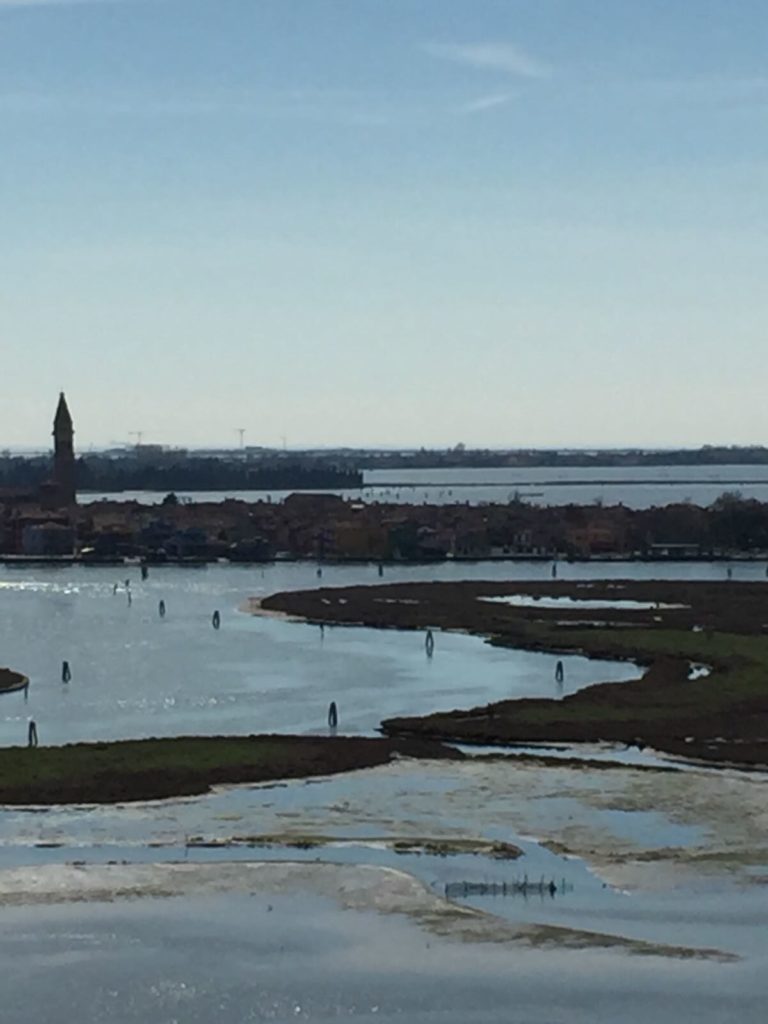
The basics to support life …
The basics to support life are the basis for community development. Water, farm land, safety, and resilience together with unfettered access to trade routes allowed the little city state of Venice be a world power for 1100 years. The same basics led to the growth of West Island farming villages into a vital part of the Montréal agglomeration.




